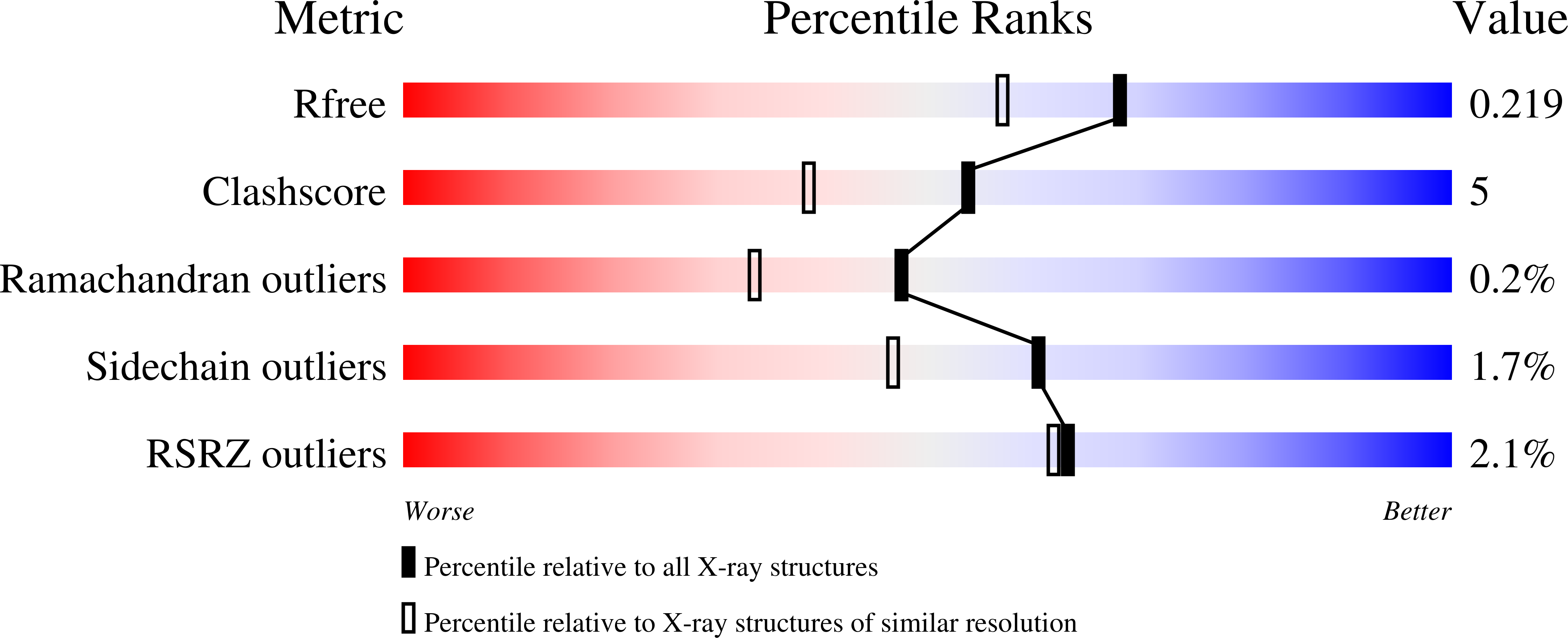
Deposition Date
2024-01-17
Release Date
2024-01-31
Last Version Date
2025-03-12
Entry Detail
PDB ID:
8VQ3
Keywords:
Title:
CDK2-CyclinE1 in complex with allosteric inhibitor I-198.
Biological Source:
Source Organism:
Homo sapiens (Taxon ID: 9606)
Host Organism:
Method Details:
Experimental Method:
Resolution:
1.84 Å
R-Value Free:
0.21
R-Value Work:
0.19
R-Value Observed:
0.20
Space Group:
P 41 21 2


